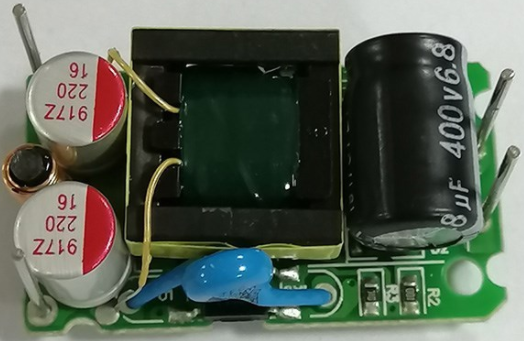SMT industry introduction
Surface mount technology, referred to as SMT. As a new generation of electronic assembly technology has penetrated into various fields, SMT products have the advantages of compact structure, small size, vibration resistance, and high production efficiency. SMT has occupied a leading position in the circuit board assembly process. The main equipment of the SMT assembly line: printing Machine, placement machine, reflow soldering, etc.
Mounter detailed operation tutorial
1. Preliminary inspection
1. Check whether the pressure gauge of the placement machine is between 0.40-0.55Mpa and the power connection is normal.
2. Check the thermometer and hygrometer on the production site to confirm that the thermometer and hygrometer in the working environment are within the specified range of temperature (20-28 degree Celsius, 50-60 atmospheric humidity), and adjust immediately if the working environment changes.
3. Make the 6S standard for machines and jobs, check whether there are foreign objects inside, guide rails, conveyor belts, placement heads, supports and other moving parts, and whether there are foreign objects in the range of motion. If there are any foreign objects, clean them up in time. Whether the emergency stop button is reset and whether the front protective cover is closed normally.

4. Confirm that the feeder of the machine is firmly fixed on the feeder and does not float. There are no foreign objects on the feeder.
5. Confirm that there is no defect in the suction nozzle, stick to the cream, and bad rebound phenomenon
Two: operation steps
1. Turn on
(1) Turn on the main control power switch of the placement machine
Rotate the main control power switch to the right to make the switch arrow point to the ON position, the main control power is turned on, the host computer of the placement machine is powered on, the computer starts and the equipment hardware detection (automatic completion) is carried out, and the program required for the operation of the machine is loaded, and the display is displayed The page is being initialized.
(2) Return to the origin
After the initialization is completed, click the return to origin button with the mouse, and the device will automatically return to the origin. After the return to origin is completed, it will automatically enter the interface.
2. Warm up
The first step is to click the warm-up button to enter the warm-up interface.
The second step, in the warm-up interface, click to stop at the specified time;
The third step is to enter the warm-up time in the warm-up time text box, generally 10 minutes.
The fourth step, click start, the placement machine enters the warm-up operation
The fifth step, after the warm-up is completed, click the close button to complete the warm-up and return to the main interface.
3. Production
(1) Select the board program
In the first step, the user clicks the substrate selection button on the production design page to enter the substrate selection window;
The second step is to find the chip program to be produced in the substrate selection window and click to select it, and then click the select button to complete the substrate selection operation. The machine reads the substrate data and returns to the main interface.
1. Adjust the guide rail
Click the Device-Conveyor-Conveyance Width button in the main interface to enter the transfer width interface, enter the width of the substrate in the changed transfer width, click the OK button to adjust the width of the guide rail, and the user puts the substrate from the docking station rail, After transferring the substrate to the track of the smt placement machine, gently push the substrate back and forth by hand to confirm that there is a tiny gap of about 1mm in the transfer track.
4. Check the materials
Click the production design button in the main interface, click the button in the lower left corner (feeder list), move the scroll bar to view the position of the material in the material list window, and install the feeder in sequence according to the installation position.
Steps to install the feeder:
1. Press the emergency stop button and open the top cover of the machine.
If the feeder is installed without stopping the placement machine, there is a risk of being caught in the placement machine.
2. Remove the dust on the feeder frame
If components or dust are caught in the feeder, the feeder will tilt and the adsorption will become unstable.
3. Install the feeder
Lift up the feeder handle, align it with the feeder installation position, and insert it into the positioning hole while sliding on the guide rail.
4. Confirm whether the feeder is installed, whether the cover tape is slack, and whether it has been inserted correctly.
5. Start production
1. Release the emergency stop button and press the READY button on the operation panel to power up the servo motor.
2. After confirming safety, press the START button on the operation panel.
3. After the entrance sensor senses the substrate, the conveyor belt starts to rotate, transfer the substrate to the working position, and begin to mount components.
4. When the green indicator light is on (automatic operation), it is strictly prohibited to enter the movable range of the smt placement head.
6. Shut down
(1) Save the program
After the production is completed, press the SOTP button on the operation panel to exit the production state, click the substrate save button on the interface, open the substrate save window and click the close button in turn to save the substrate data.
(2) Turn off the host
Click the power off button on the interface, follow the prompts in the pop-up dialog box, and turn off the main control power switch when the display shows restart.